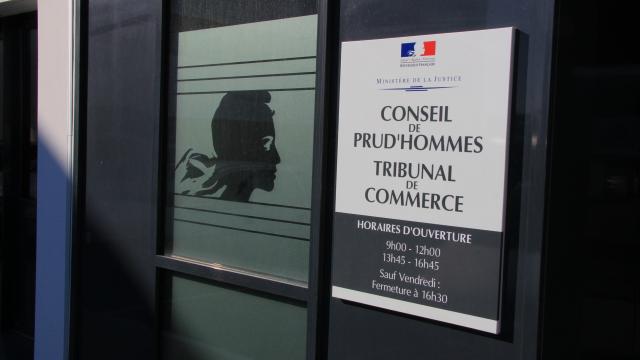FINANCE: The number of homes in France unable to pay gas and electricity bills rose again in 2018
The number of interventions for outstanding payments rose again in 2018, said Thursday the National Energy Ombudsman, which calls for the establishment of additional support measures for the most fragile households. The number of interventions has increased by 4.2% compared to 2017, according to the annual report of the mediator, published in the run-up to the end of the winter break (from November 1 to March 31) of power cuts and of natural gas. It had dropped by 10% in 2017.
Suppliers have reported that they have implemented 572,440 power cuts or limitations as a result of outstanding payments over the last year. In detail, 477,349 interventions concerned electricity and 95,091 natural gas, which represents respective increases of 4.9% and 0.8% compared to 2017. “The price of energy increases inescapably considering of the economic context, “ commented Jean Gaubert, national energy mediator, quoted in the statement. “No political promise can combat this increase, but it is essential that our society protects the most vulnerable people,” he said.
During the winter break, suppliers can not interrupt the supply of energy for a principal residence because of an outstanding payment. On the other hand, they can make power reductions, except for the beneficiaries of the energy check. The energy voucher scheme, which helps households in precarious situations to pay their bills, replaced the social electricity tariffs at the beginning of 2018. “However, the fight against fuel poverty must not falter,” said the mediator. National Energy Council, which proposes two additional support measures for the most vulnerable people.
The mediator suggests the establishment of a “provider of last resort” for households “who can no longer subscribe to a contract with an energy provider because of their financial difficulties.”
It also proposes to impose a mandatory “minimum energy performance level” for rented housing, “to remove energy sieves” , these energy-intensive homes.




